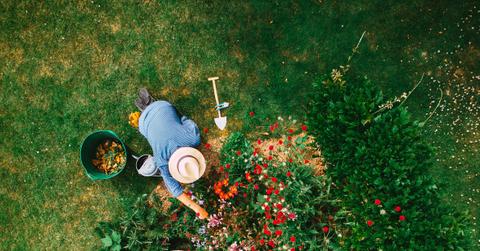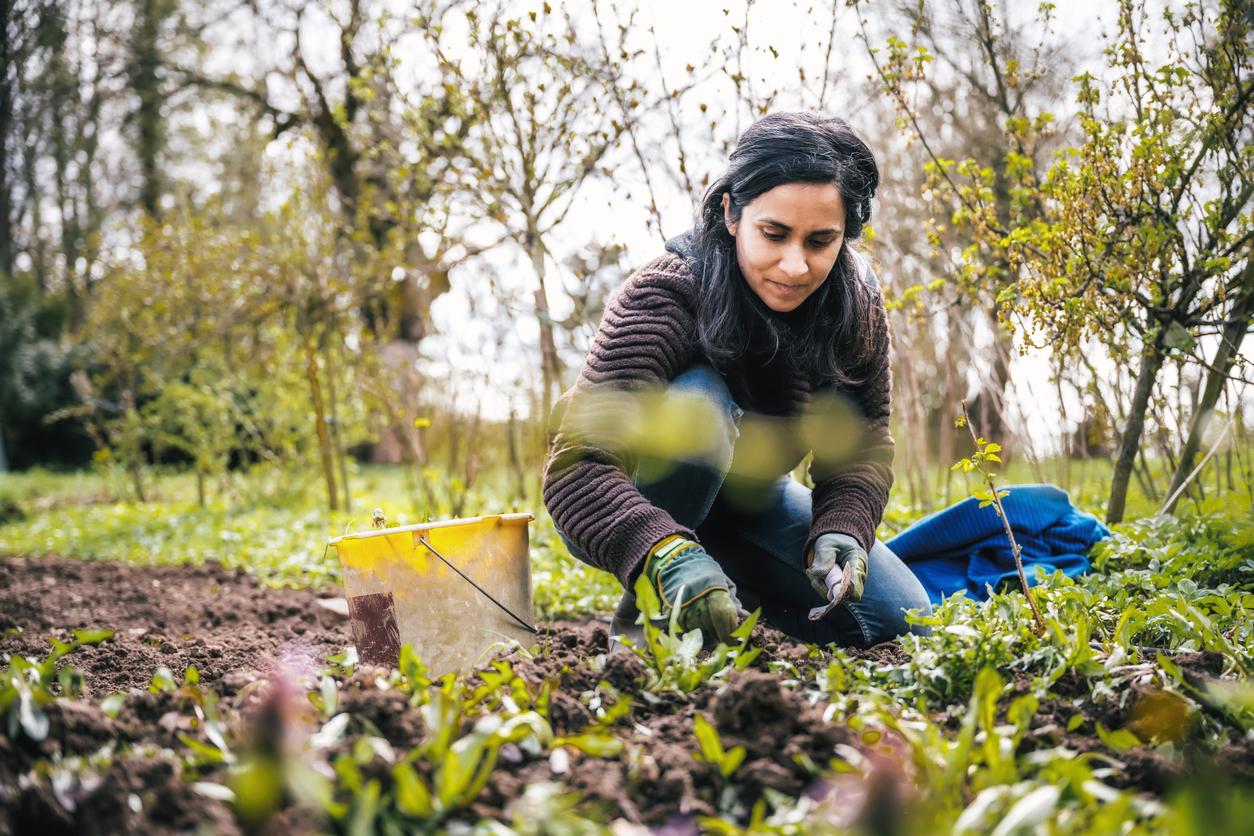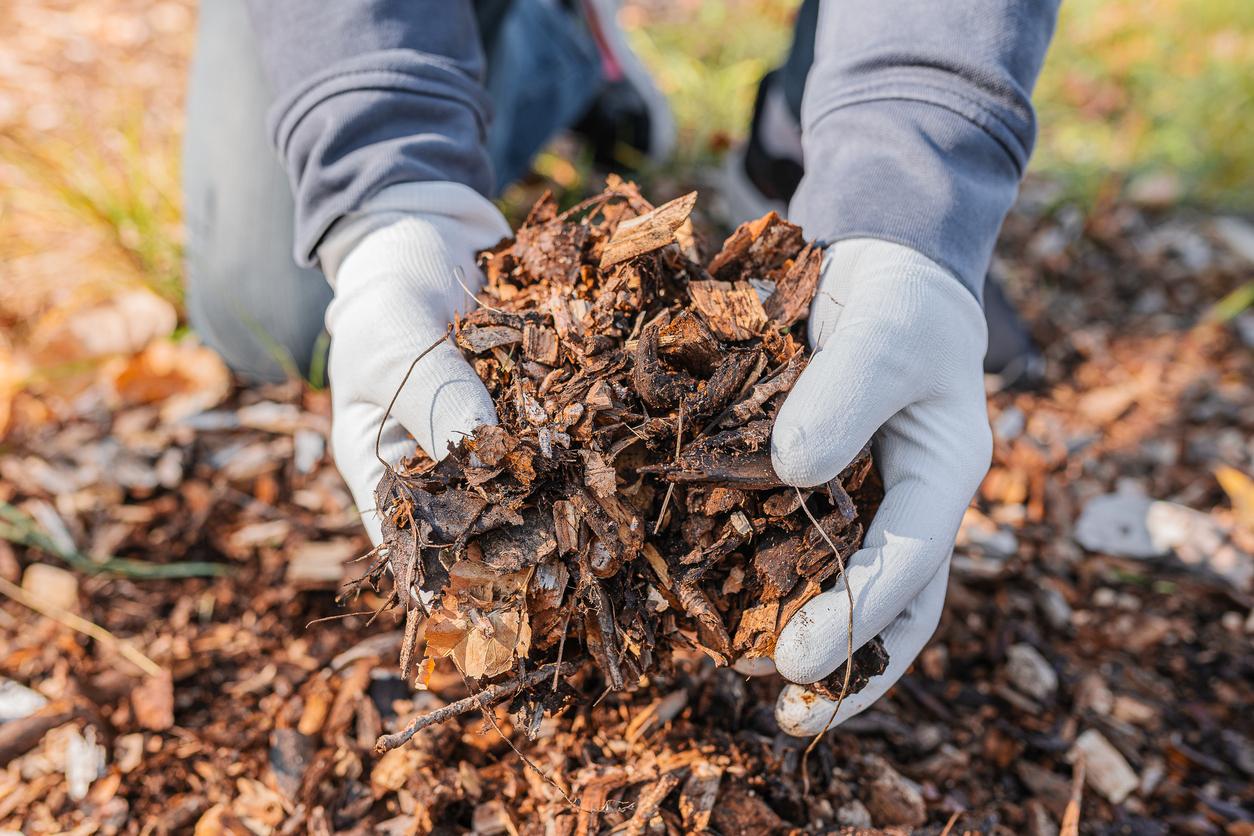Everything You Need to Know About the Back to Eden Gardening Method
Published May 5 2023, 3:08 p.m. ET

There are a lot of gardening techniques out there, so it can be hard to determine what’s right for you. When considering methods, it’s important to determine how much time, effort, and money you’re willing to contribute.
If you’re looking for something that requires less work but will give you fantastic results, the Back to Eden gardening method might be exactly what you need. Keep reading to learn more about this method and all of its benefits.
What is the Back to Eden gardening method?

Back to Eden gardening is an organic gardening method that takes advantage of everything nature has to offer. Instead of having to work night and day to make your plants grow, most of the work is done for you through natural processes.
This regenerative technique has a few rules. First, there’s no tilling allowed — tilling disturbs soil structure and worsens soil erosion and surface runoff, according to Iowa State University Extension and Outreach.
Instead, Back to Eden gardening employs the lasagna method of soil preparation. This is when gardeners layer organic materials with the goal of creating nutrient-rich soil over time, The Spruce explained.
Another crucial aspect of the Back to Eden gardening technique is using only organic natural materials. This means that products like commercial fertilizers or chemical-filled pesticides and insecticides are off-limits. Gardeners implementing this concept should try to use compost and take advantage of valuable strategies like companion planting, according to The Spruce.
In addition to focusing on natural materials, another important facet of the Back to Eden method is prioritizing the use of local resources. The whole idea behind this concept is to make things as sustainable and inexpensive as possible.
Back to Eden gardening is perfect for those who want a garden that essentially takes care of itself.
How to start your own Back to Eden garden:

The first thing you’re going to want to do is prepare the soil. Start by getting rid of all of the existing vegetation in the area — in order to do this, use layers of newspaper and cardboard. Make sure that these materials overlap, leaving no gaps whatsoever. After you’ve finished layering, lightly water the area.
Next, it’s time to add the mulch. For this, you can use a thick layer of compost or manure, or a thin layer of leaves, straw, or grass clippings. Wood chips are always used for the top layer — this should be 5 to 6 inches deep.
Mulching is a regular part of Back to Eden gardening. Over time, the mulch will break down and provide you with incredibly fertile soil that’s perfect for growing your favorite plants.
There are a lot of benefits to a Back to Eden garden.
While it may take some time for the soil in your Back to Eden garden to be fully ready, it’s well worth the wait. Once the layered materials from the lasagna method break down, the benefits are incredible — in fact, it’s exactly what makes the Back to Eden technique so valuable.
Thanks to lasagna gardening, there will be fewer weeds to deal with. This is because the newspaper or cardboard used during the layering process works to suppress them. Not having to weed will save you a lot of time and effort.
A Back to Eden garden will also require less watering. All of the mulch will help retain moisture, instead of it evaporating or turning into runoff. Being able to use fewer resources is always a plus!
If this method sounds appealing to you, be sure to give it a try.